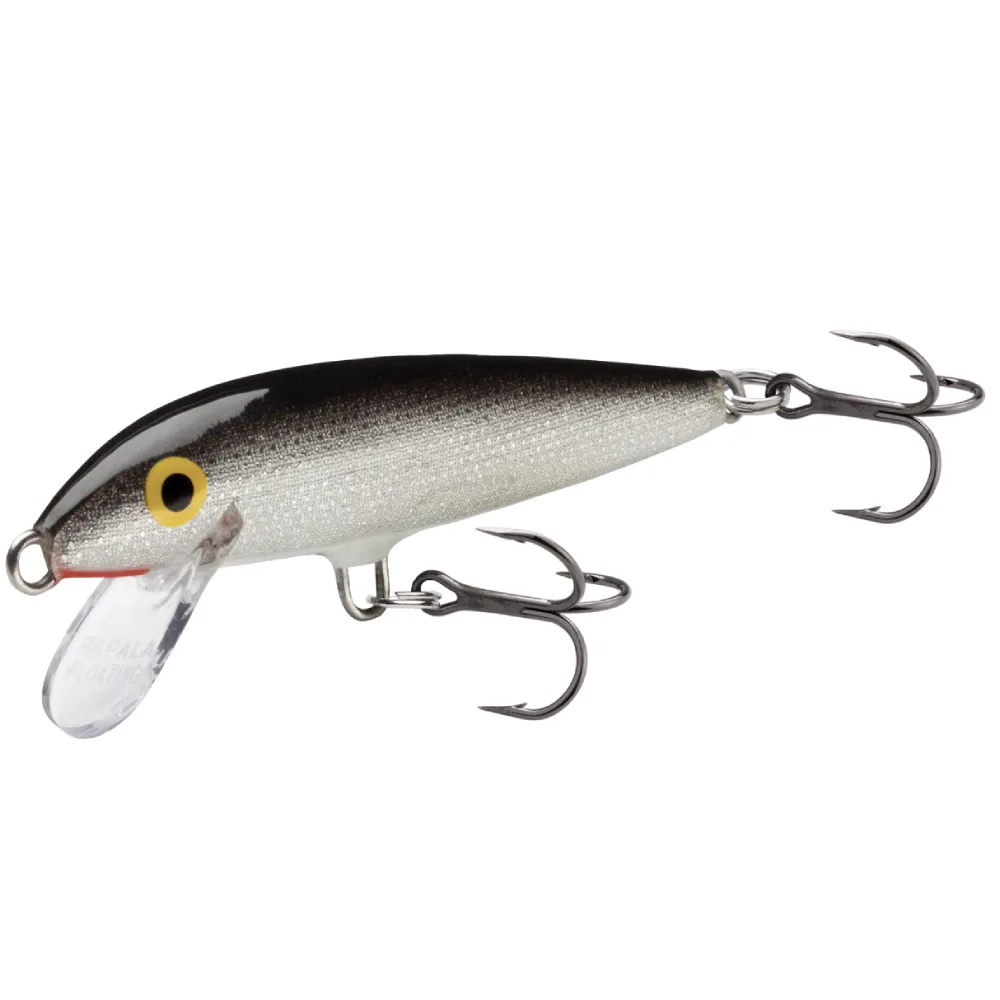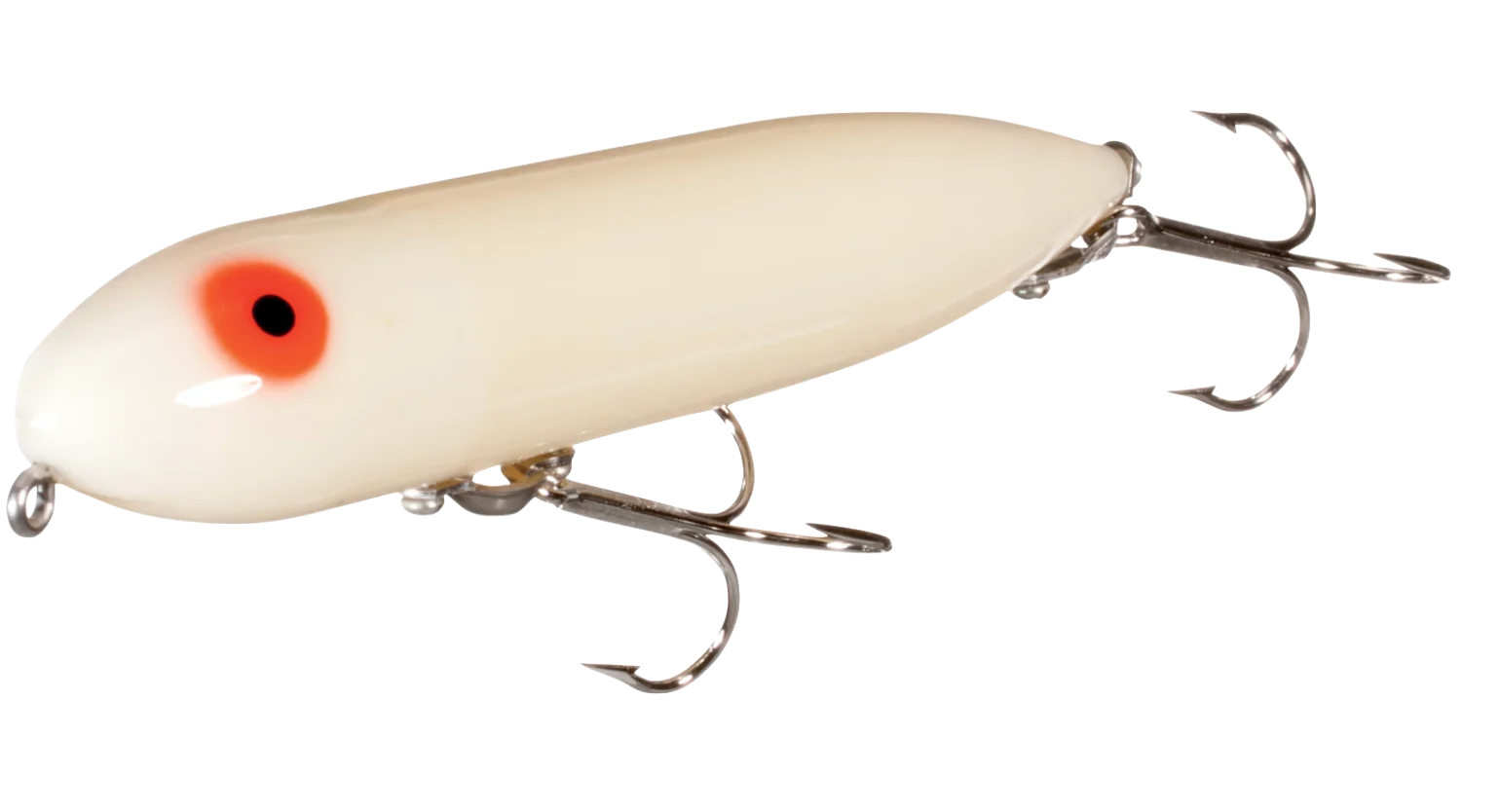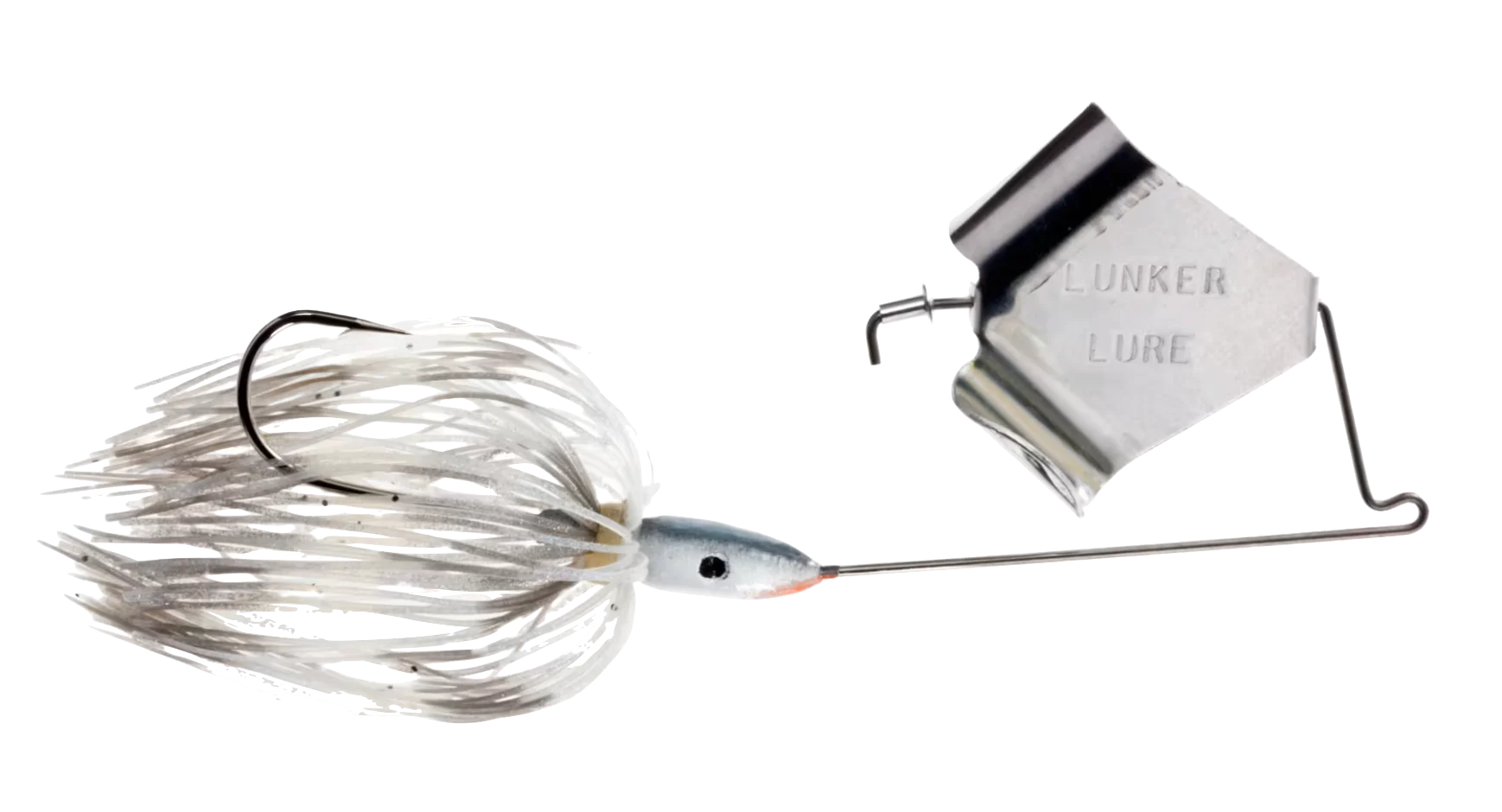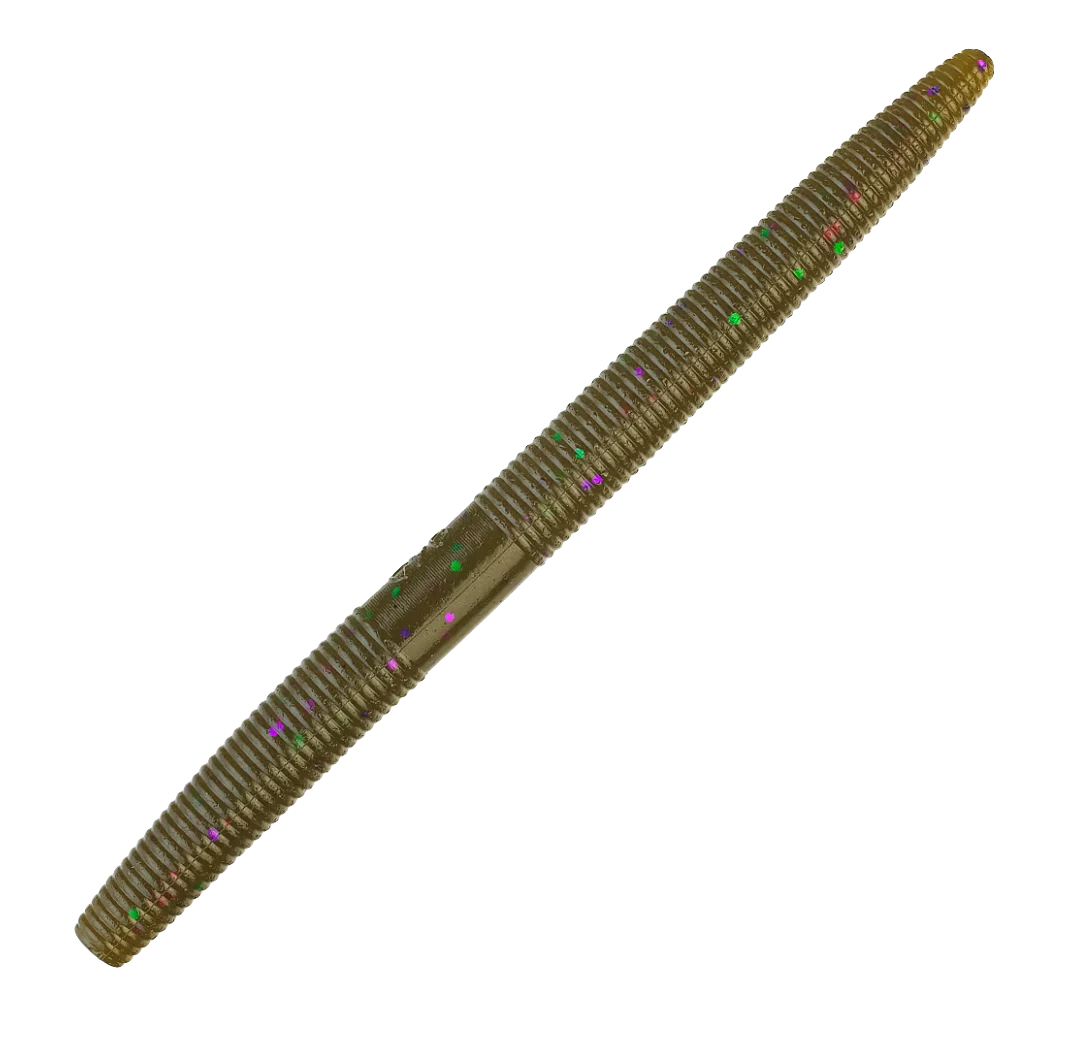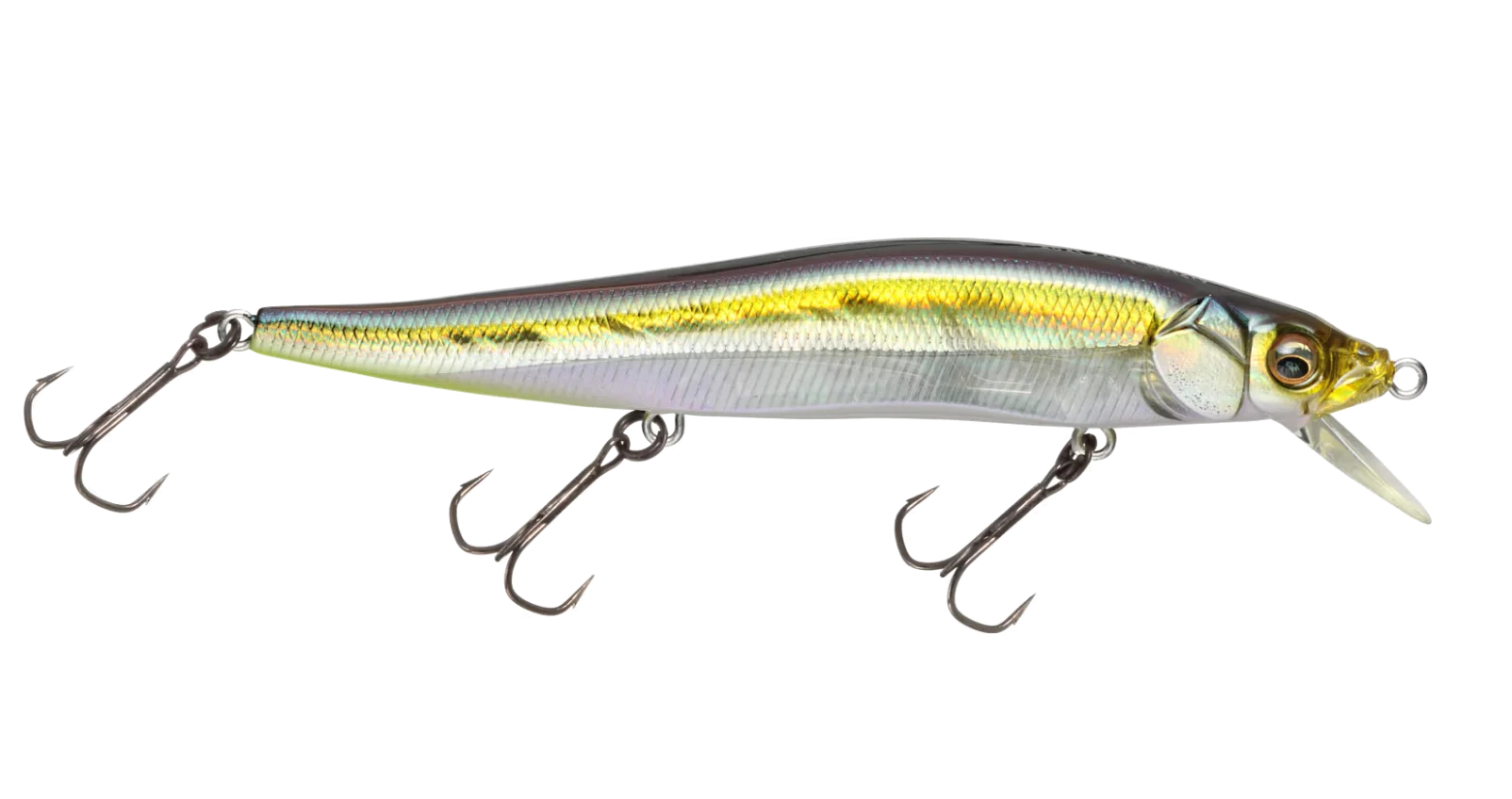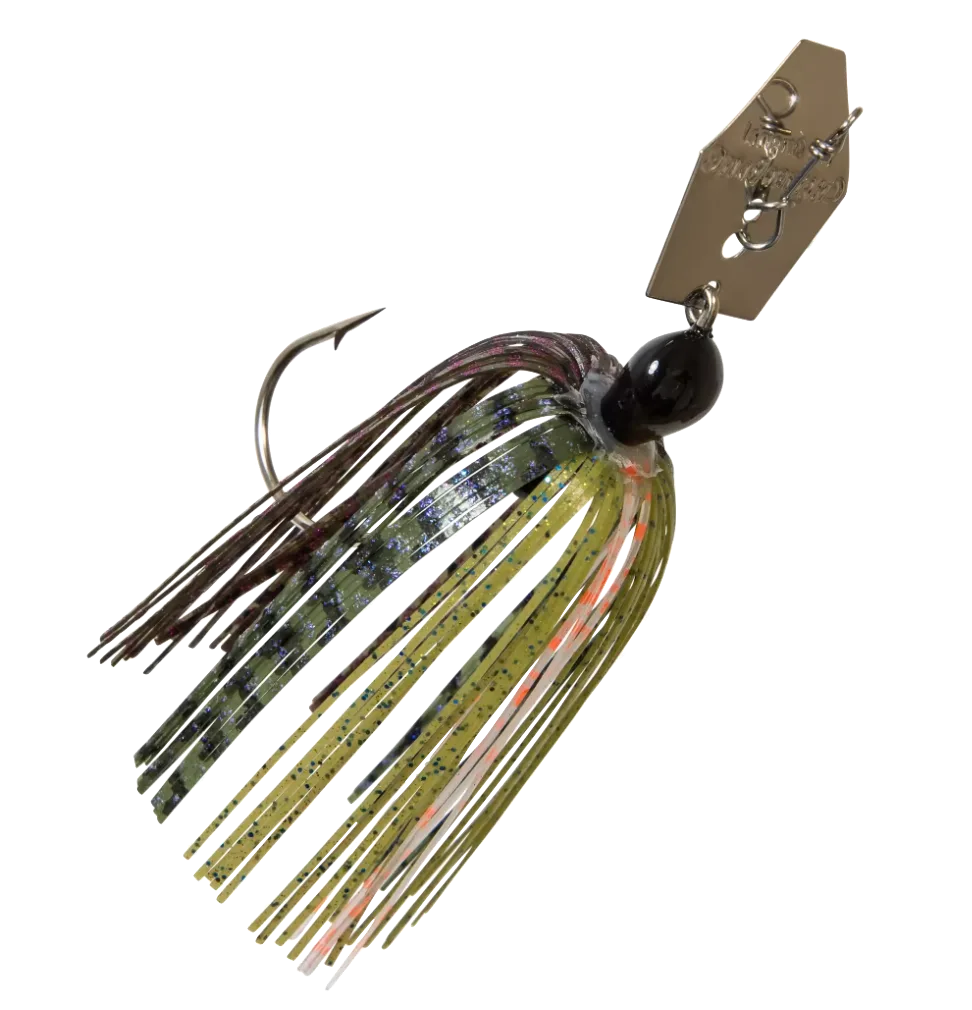Largemouth bass are opportunistic feeders. Everything is on the menu for these aggressive fish, from crustaceans to worms to frogs to mice. I even once hand-fed a piece of fried chicken to a bass. They will eat almost anything, including various baits and lures.
Over the years, anglers have developed endless ways to imitate any aquatic or terrestrial prey likely to draw a strike from big bass. Lures have evolved from wooden plugs with tandem propellers to hundred-dollar multi-jointed swimbaits. But some lures stand alone in terms of productivity and innovation.
Given that largemouth bass are one of the most popular and accessible gamefish in America, narrowing down the best bass lures of all time is complicated. I combined my three-plus decades of bass fishing experience with input from fellow anglers and the editors at Field & Stream to start compiling a list. Then I used two key factors—productivity and innovation—to pick the top 10 bass lures ever made. What follows are proven bass slayers (one was even banned from major bass tournaments because it is so effective), many of which have inspired other great baits along the way.
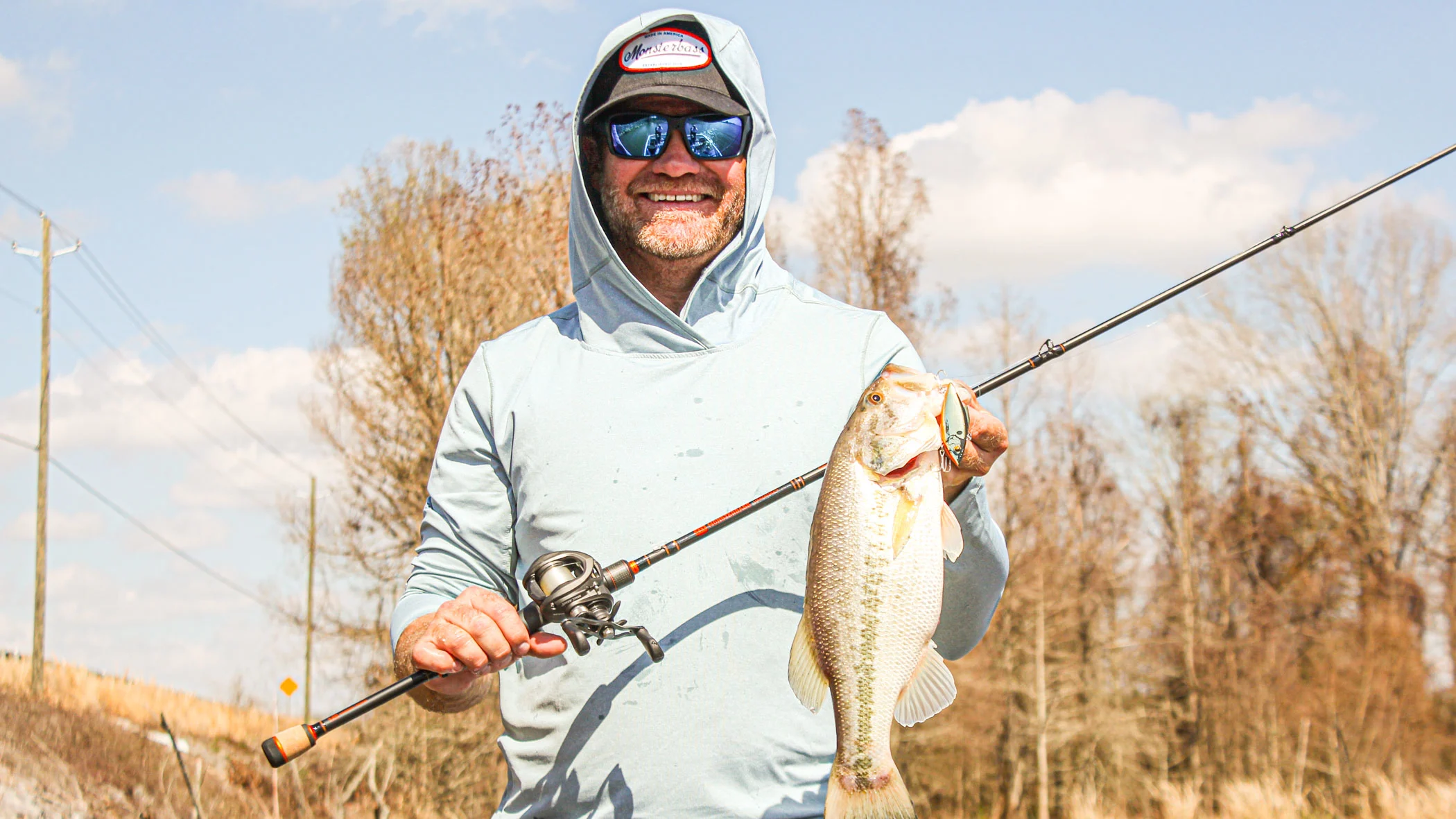
1. Rapala Original Floating Minnow
The Original Floating Minnow was invented by Lauri Rapala in 1936. He used melted film negatives as a lacquer alternative to seal his first tinfoil-wrapped cork prototype. The idea was to imitate minnows that broke off from a school—and the slow, wobble swimming motion that the floating minnow emulates is pretty damn good at it. Rapala’s handmade lure became so popular that he had his whole family help make them. Lauri’s oldest son, Ensio, went on to win a national craftsmanship award for his work with fishing lures and is credited with designing a machine to help his family mass-produce the baits.
To this day, the Original Floater Minnow is still one of the most effective bass baits. It features a slow, wobbling action that produces aggressive strikes. Cast the lure and reel it slowly along the surface, or give it a twitch to make it dive down a little. You can even pause the bait to fish it subsurface like a jerkbait. And since there are so many sizes and color options, there’s one suited for targeting nearly any size fish in any body of water.
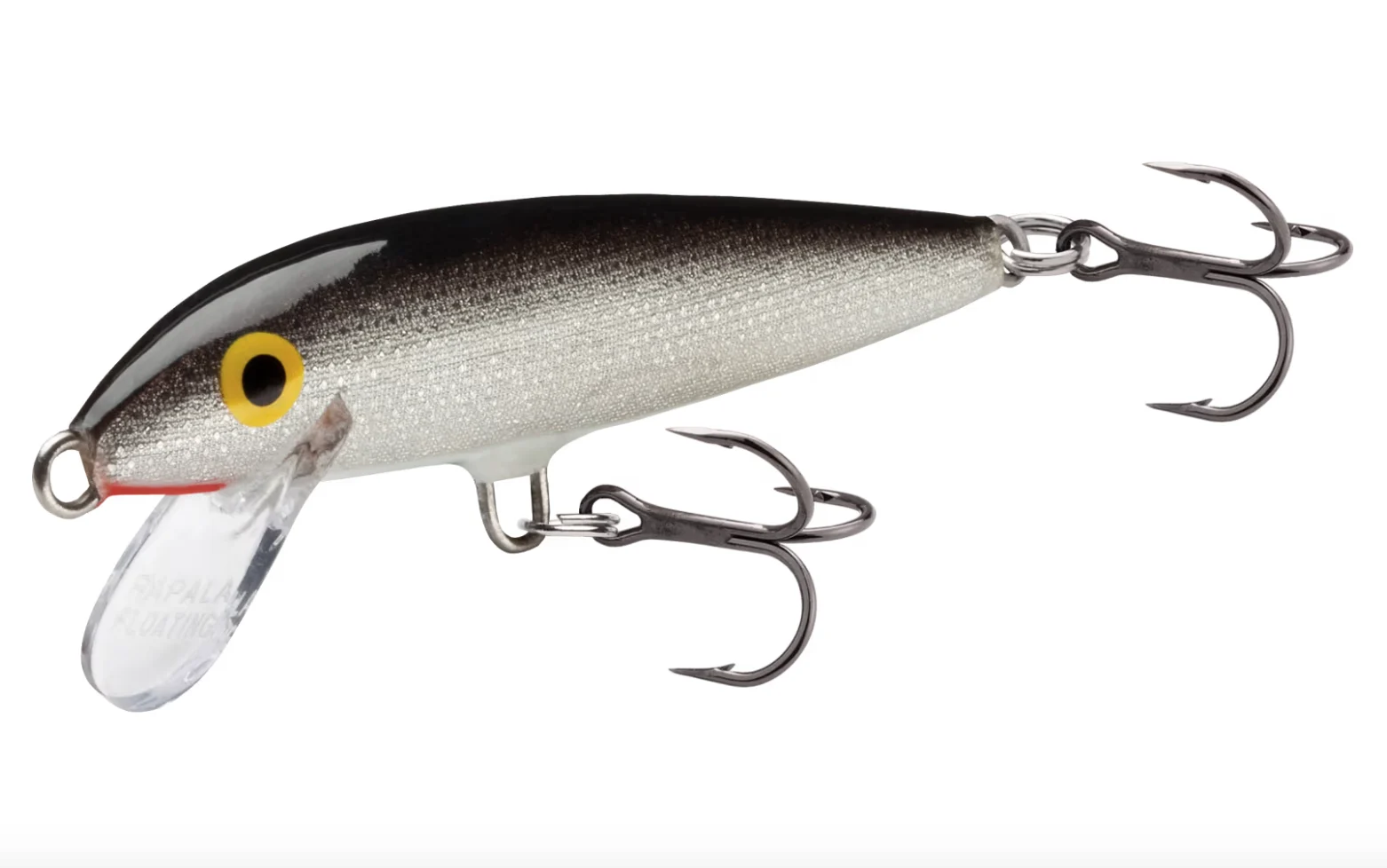
2. Heddon Zara Spook
When a bait’s name is synonymous with an entire genre of fishing lures, you know it catches fish. Such is the case with the Zara Spook. Many anglers—both fresh and saltwater fishermen—refer to every walking-style topwater as a “spook.” However, the early version of the modern plastic Spook we all know and love today didn’t emerge until the 1950s. Its lineage, though, can be traced back to the Zaragosa Minnow, fashioned in the early 1900s by Pensacola native and avid fisherman Angelo Capaduca.
Meanwhile, in Michigan, James Heddon began carving fishing lures from broomstick handles in the 1890s, which led to the founding of his lure company (James Heddon & Son Lures) in 1902. According to fishing historians, a representative from Heddon’s company stumbled upon the Zaragosa Minnow around 1930. A deal was supposedly struck for the design, and Heddon began manufacturing his own version of the Zaragosa Minnow in 1939.
The Spook’s name came from a Heddon employee when the company began manufacturing plastic baits. The worker pointed out how the translucent body of the plastic bait looked ghostly. And ghosts were commonly referred to as spooks at the time. Thus, the Zara (short for Zaragosa) Spook was born.
Now, that’s a mighty fine story. But what makes this bait so special? Well, there are few topwater baits that sit as well in the water and walk as easily as the Zara Spook. Thanks to the company’s head start, Heddon has been able to improve upon its walking-style topwater over nearly a century, constantly refining the materials and inner workings of these Spooks while holding true to its original torpedo shape.
Given the right weather conditions, you can take a Spook and toss it in any salt or freshwater in the country and draw a predatory fish to the surface to investigate. The side-to-side walking action of these baits mimics a fleeing baitfish along the surface. It can be fished fast or slow to imitate various actions. They are particularly effective on bass early and late in the day when the water is calm. This creates perfect conditions for watching a big bass crush a spook.
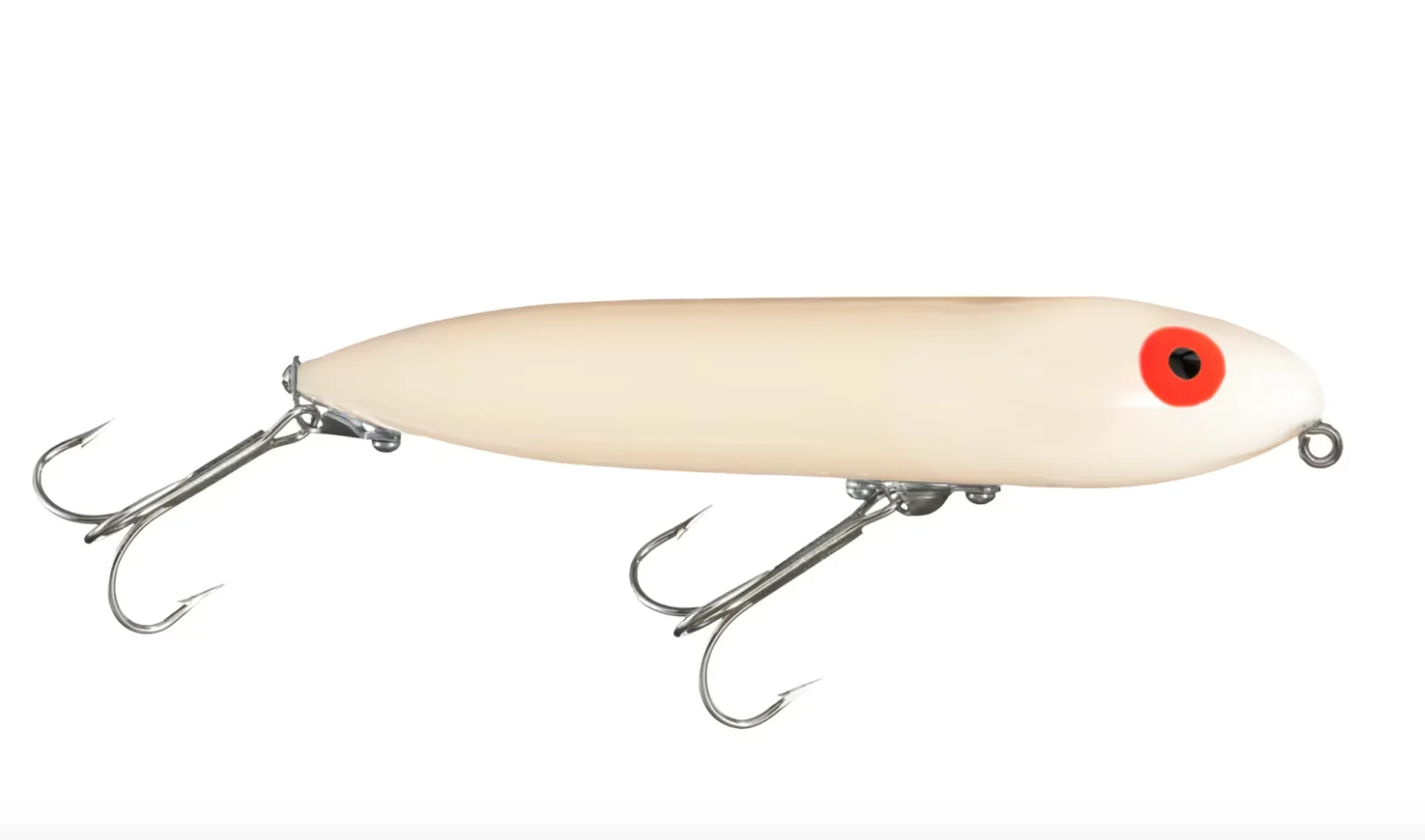
3. Lunker Lure Buzzbait
Hack Wilson first developed the early versions of the Lunker Lure Buzzbait in his garage in the 1960s, but it wasn’t until 1976 that this bait hit the national market. Jim Aron then bought the patent for the Lunker Lure from Wilson and began marketing the bait with Bill Harkins. When legendary professional angler Rick Clunn (29 at the time) won a Bassmaster event on the Lunker Lure that same year, the bait skyrocketed to national acclaim.
To be fair, inline buzzers had been around for some time. However, the Lunker Lure was the first rendition of the modern buzzbait design that we recognize today, featuring a prop positioned above the bait on a bent wire arm. The spray of the turning prop combined with the sound of the buzz and the visual of the bait streaking across the surface draws the attention of bass upwards, helping them hone in on the bait to track it down and eat it.
All you have to do with a Lunker Lure is chuck it out and reel it in. Just keep the prop turning along the surface—typically as slow as possible while still creating a constant gurgle—and hold on.
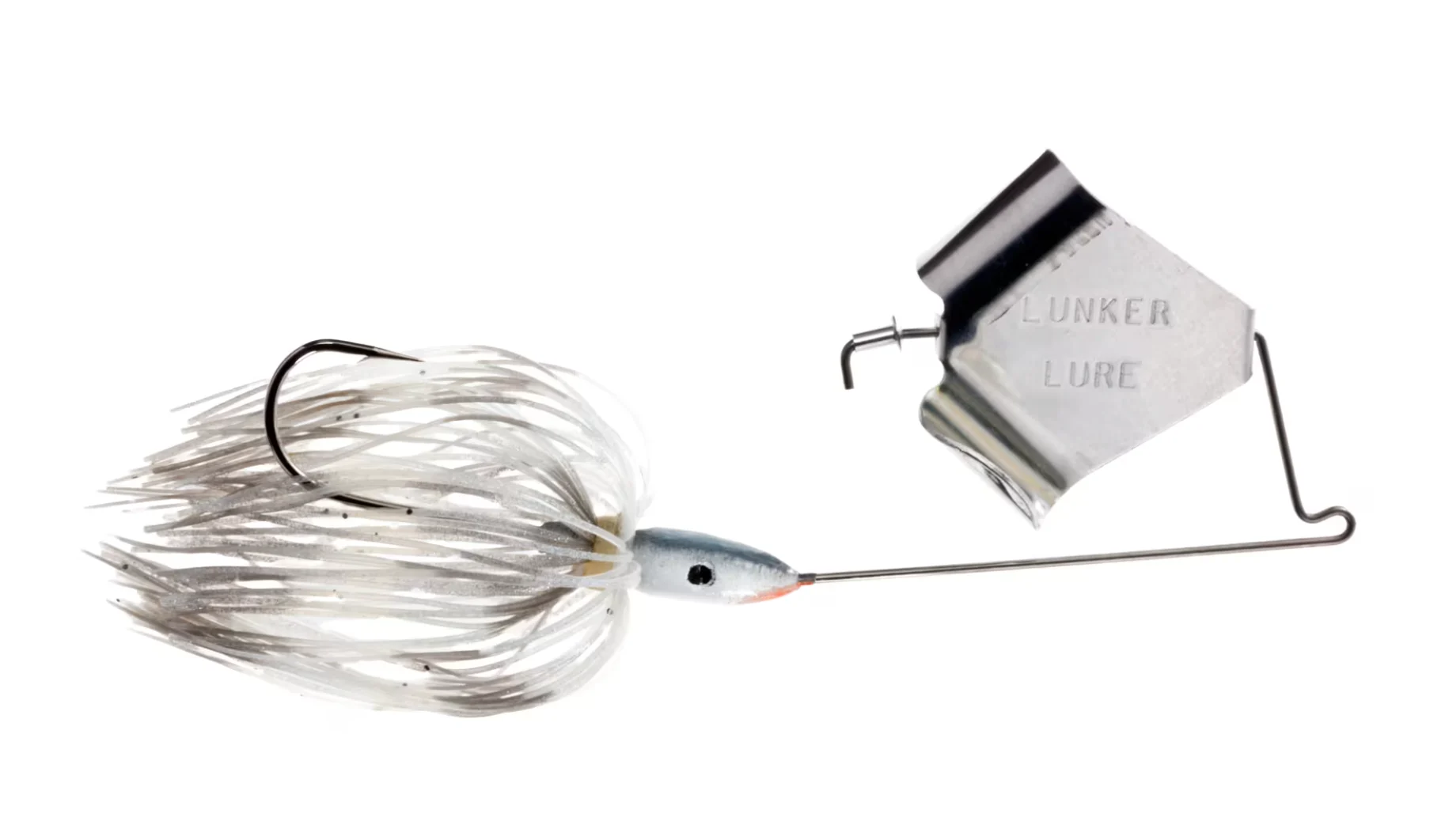
4. Rat-L-Trap
In the late '60s, lure designer Bill Lewis started adding shotgun BBs to a lipless crankbait that he had been working on. According to Wes Higgins, Brand Manager of Fishing Lures for GSM Outdoors, Lewis was simply adding the shot to his bait to try to get it to run right. It wasn’t until he was testing the lure from his aluminum boat that he realized how loud the bait was. It was one of the first rattling lures, and the now loud crankbait changed the fishing industry and lure manufacturing forever.
Rat-L-Traps are super versatile and simple to use. Better yet, they catch big fish, and a bunch of them, too. You can impart action on a Trap if you’d like to by twitching or pumping your rod, but you can also simply cast the bait out and reel it in. Rat-L-Traps can be fished in inches of water out to 20-plus feet and catch big ones and small ones alike. They are so popular that most bass anglers now refer to any lipless crankbait as a Rat-L-Trap or just simply a "Trap."
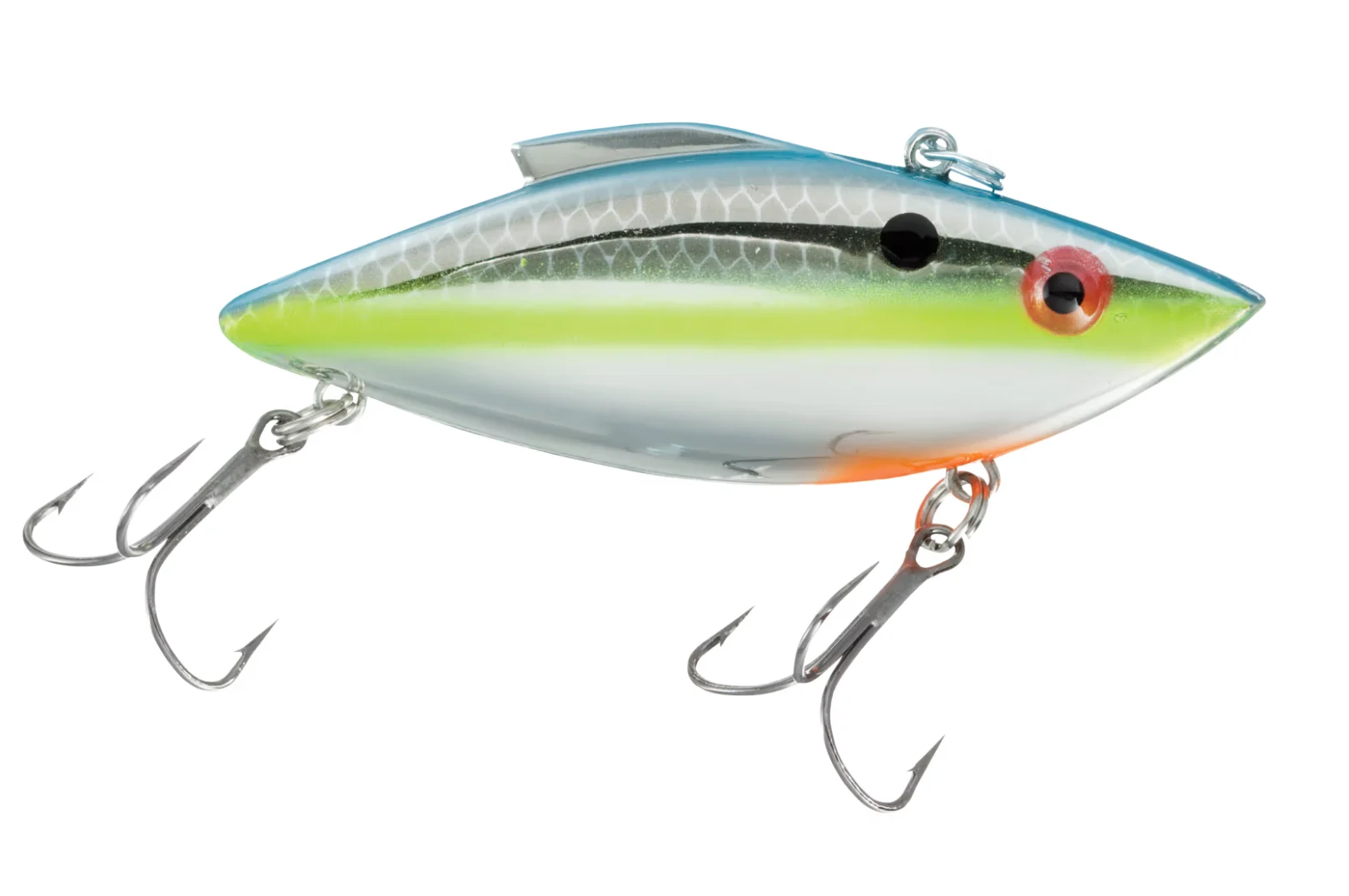
5. Zoom Trick Worm
Invented by Ed Chambers back in 1981, the Trick Worm's combination of shape, density, salt content, buoyancy, and action was unparalleled at the time. To this day, the Zoom Trick Worm remains a standout amidst dozens of near-duplicates produced by companies that have been unable to replicate its success.
Chambers was a gaming machine salesman at the time, and his interest in angling drove him to found Zoom Bait Company. The Trick Worm is arguably his greatest invention due to its effectiveness, versatility, and affordability. You can still get a 20-pack of worms for under four bucks.
Measuring 6.5 inches and with dozens upon dozens of color options, the Trick Worm is perfect for rigging in a variety of ways. This bait can be fished weedless or wacky. It can be paired with a drop shot, Carolina rig, Texas rig, shaky head, Tokyo rig, and more. The darker colors mimic bream and bluegill well, while the brighter colors can be used to imitate shad and other baitfish.
6. Yamamoto Senko
In 1996, Gary Yamamoto was using a Bic pen to sketch ideas on a whiteboard when it occurred to him to see what a soft plastic pen-shaped bait would look like in the water. Thus, one of the most productive bass baits of all time was born: The Senko.
The beauty of this bait is baked into its intricacies, from the taper of the tail and the tiny ribs to the density of the soft plastic and its salt content. This all helped put the Senko at the top of the soft plastic stick-bait game. Its oscillating, slow fall makes it a phenomenal selection for weightless wacky rigging, and its unassuming shape bears no sign of threat to a predator. It’s also more weedless than any other soft plastic when rigged on a Texas rig or Carolina rig. And it is a great finesse presentation for tricking finicky fish into eating and holding on until the hook can be deployed.
7. Megabass Vision OneTen
Though jerkbaits had been around for decades prior, the Megabass Vision OneTen made this category of baits famous. Japanese lure designer Yuki Ito invented the Megabass Vision OneTen, which has become the gold standard in jerkbaits over the last two decades. These precision-tuned baits are more lifelike than many of their predecessors, boasting unrivaled consistency in buoyancy and action. And their effectiveness on the water and popularity among the anglers didn’t go unnoticed by rival lure manufacturers. It wasn’t long before other companies began offering eerily similar jerkbaits in profile, but none have been able to measure up to the Vision OneTen in the minds of many jerkbait aficionados.
The popular hardbait is great for targeting suspended fish, a population that was previously untapped by most anglers until the use of forward-facing sonar. Even with advanced technology, the jerkbait remains one of the top choices for targeting suspended bass, as it can be worked down to the fish and fished over the tops of their heads. And nothing is better at this than the Megabass Vision OneTen. The lure's ability to stall out on the retrieve and suspend right in a fish’s face is what makes it extremely effective around suspended fish, pressured fish, and lethargic bass in the winter months.
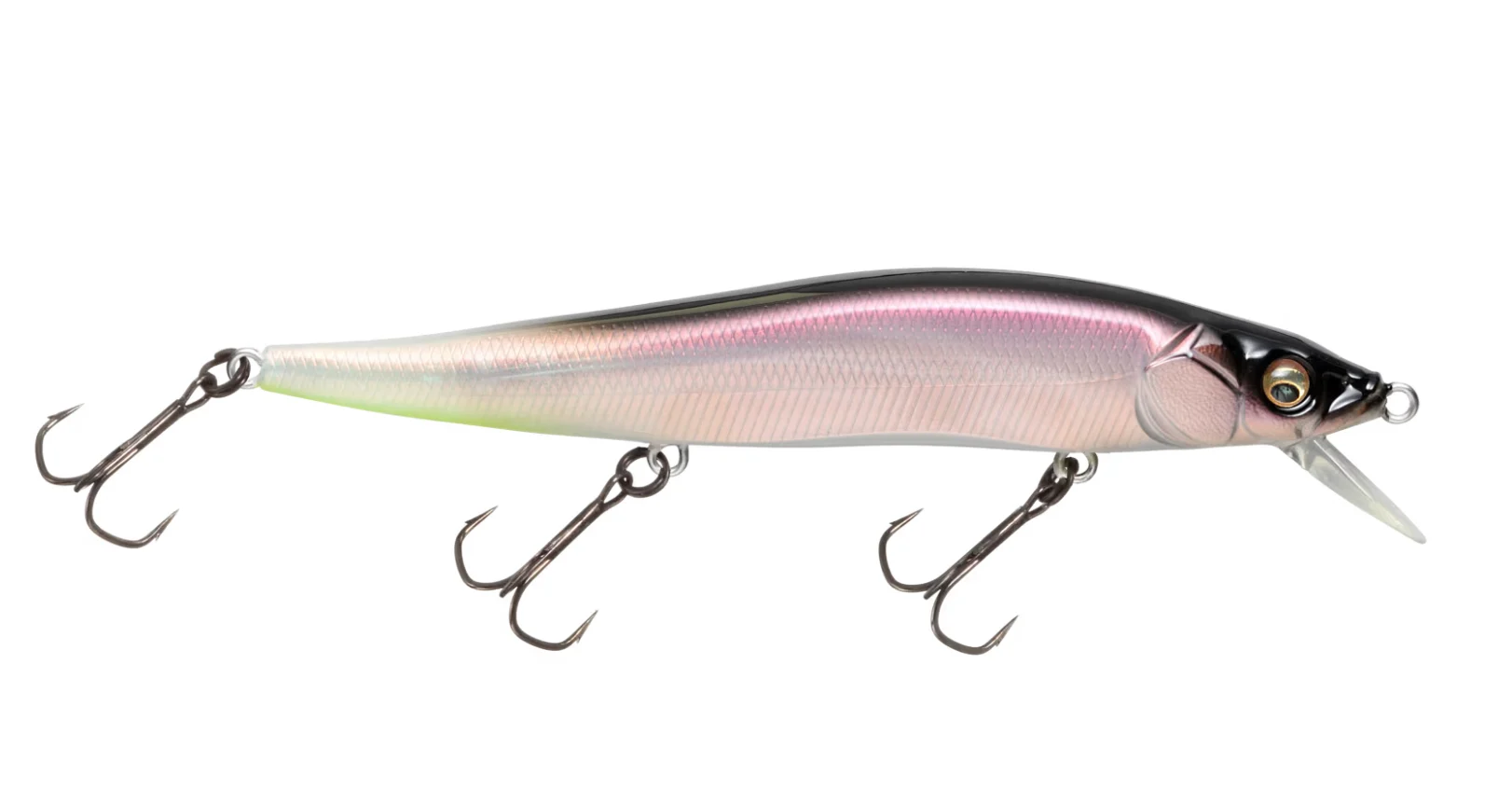
8. Z-Man ChatterBait
Though it seems to be a trend in this list, it’s rare for a bait to spawn an entire genre of lures. That's what happened when Ron Davis figured out how to hinge a metal bill on the front of a jighead in the early 2000s. Davis’s ChatterBait first hit the market in 2004, and it became a household name in 2006 when Bryan Thrift won his first professional-level event using a ChatterBait in Florida on Lake Okeechobee.
The erratic side-to-side shake and subsequent vibration of a ChatterBait have triggered thousands of bites since then. Its popularity compelled Z-man Fishing to purchase the ChatterBait in 2008, and the company has since introduced more than a dozen variations of the ChatterBait.
The ChatterBait (and similar vibrating or bladed jigs that have come along over the years) is ideal for targeting aggressive pre-spawn bass around shallow vegetation. However, this bait can trigger substantial strikes in winter, spring, summer, and fall, around all sorts of cover and in open water as well. With versions designed specifically for targeting fish from inches deep around small baitfish to deep water in the dead of night, a ChatterBait is one of the most productive and versatile bass baits ever made.
9. Whopper Plopper
Larry Dahlberg forever changed the face of topwater fishing when he invented the Whopper Plopper in 2008. Though versions of similar baits had long been used to target muskie and other large predatory fish, the application of a spinning prop tail bait of this size had never been adapted to targeting largemouth, smallmouth, and spotted bass.
When this lure first started churning the shallows on the West Coast, it became a sneaky favorite for some and one of the most productive topwaters for anglers in the know. I was fortunate enough to be such an angler in the early days, as a buddy tipped me off to the “Plopper” around 2010. But in 2016, when Chris Lane nearly won the Bassmaster Elite Series event with a Whopper Plopper on Toledo Bend, this bait became a sought-after and sold-out sensation overnight.
No other topwater bait has changed the face of bass fishing since the early days of Hula Poppers, Zara Spooks, and JitterBugs. The beauty of this bait—and what it offers that even those other classics don’t—is the simplicity of its use. All you have to do with a Whopper Plopper is chuck it out and wind it in. The prop on the back of the bait spins as the Plopper is reeled in, creating an infuriating buzz that the bass simply can’t seem to let go unpunished. Even now, with so many anglers throwing these baits and others like them, a Plopper is still one of the best topwater baits around.
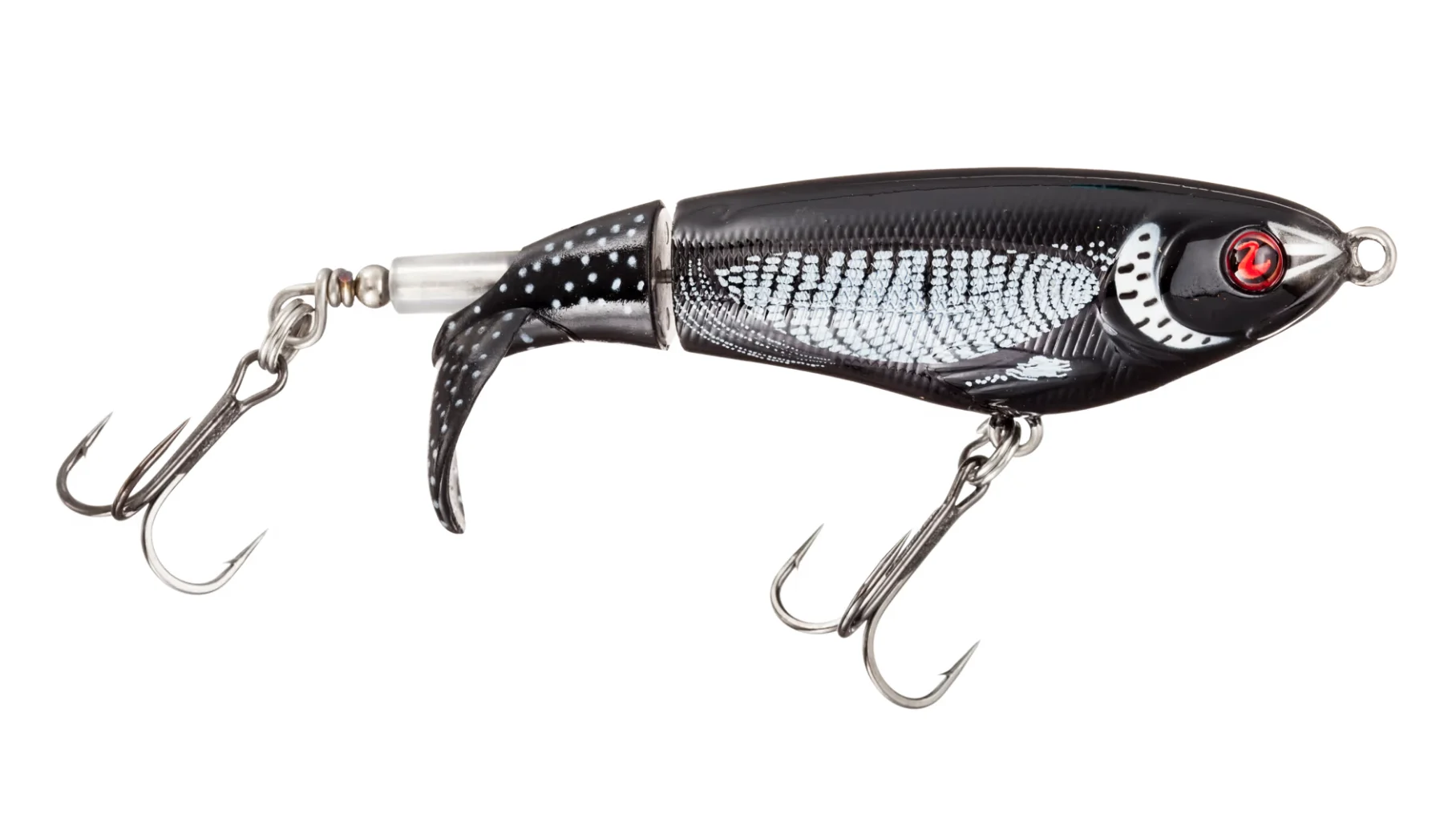
10. Alabama Rig
Though the Alabama rig was invented in August of 2009, it didn’t make its mainstream debut until October of 2011. Andy Poss’s creation was shrugged off as silly by early doubters, including myself. Poss even tried to sell me one of his early iterations in the parking lot of a Pickwick Lake boat ramp. It looked more like a clump of clothes hanger wire than a fishing lure. Turns out, I couldn't have been more wrong.
During an FLW (now MLF) event in October of 2011 on Lake Guntersville, Paul Elias rocketed to an early lead. There were whispers after the day one weigh-in that he had caught his 26-pound bag on an “Alabama Rig”, something nearly no one had ever heard of at the time. By day two, a handful of guys had one on deck. By day three, over half the top 20 had an “A-Rig,” and were fishing it almost exclusively. Elias blew that event out by more than a 17-pound margin of victory by fishing an umbrella rig all four days.
What followed was unprecedented, as tournaments around the country were soon being dominated by the Alabama Rig and other “umbrella rigs.” Within weeks, anglers were in uproar over the effectiveness of this bait and the debate over whether it should be legal to use in tournaments or at all. Over the course of that year, nearly the entire industry had shifted to service this new technique, with umbrella rigs, jigheads, and swimbaits selling as fast as they could be produced. Eventually, major tournaments banned the use of umbrella rigs, and regulatory agencies began issuing laws limiting the number of baits allowed on a rig. It quickly became one of the most influential and effective lures of all time.
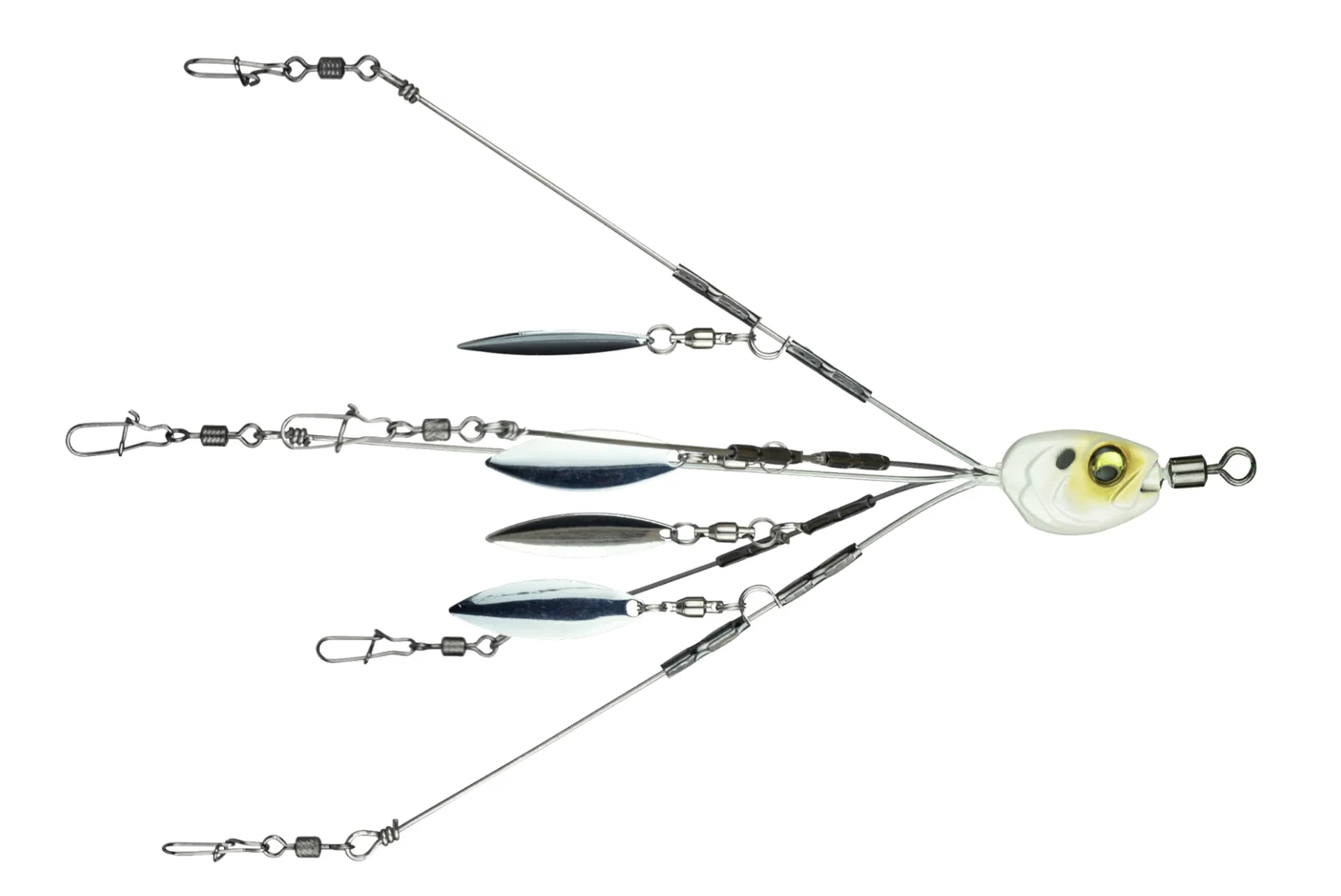
In its most common form, an Alabama rig has five jig heads with five swimbaits, all draped on a five-wire rig. The objective (in the early days) was to find a concentration of suspended fish relating to some sort of large structure, like a bridge, and then lob the A-Rig out to target fish in some portion of the water column. Combining this rig with modern forward-facing sonar has created a juggernaut of a technique capable of plucking giant bass out of the water by the droves.

